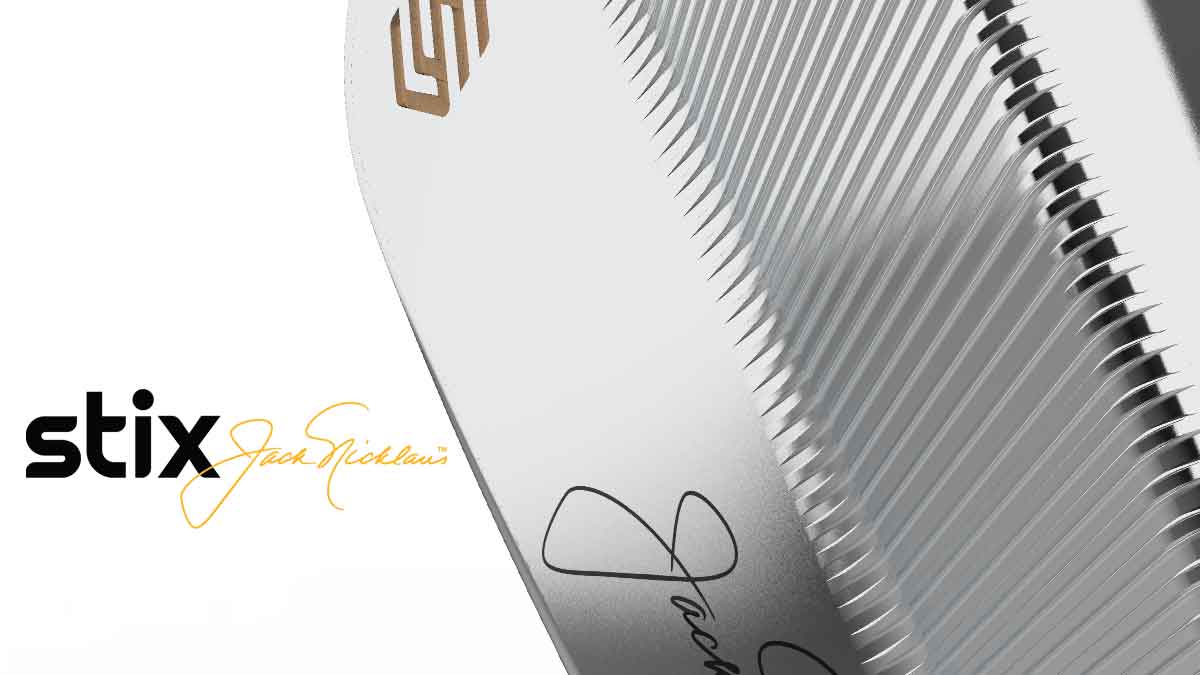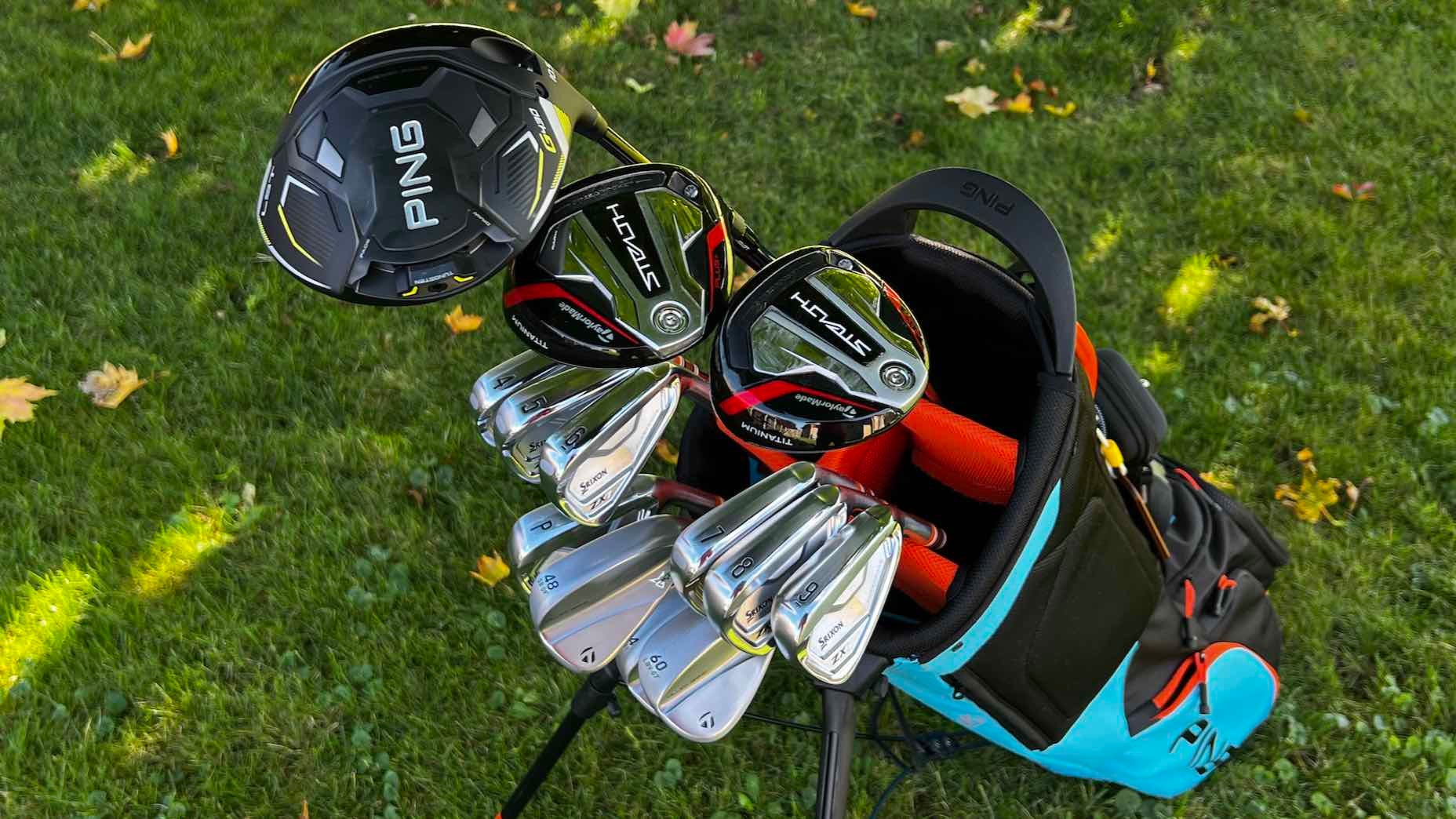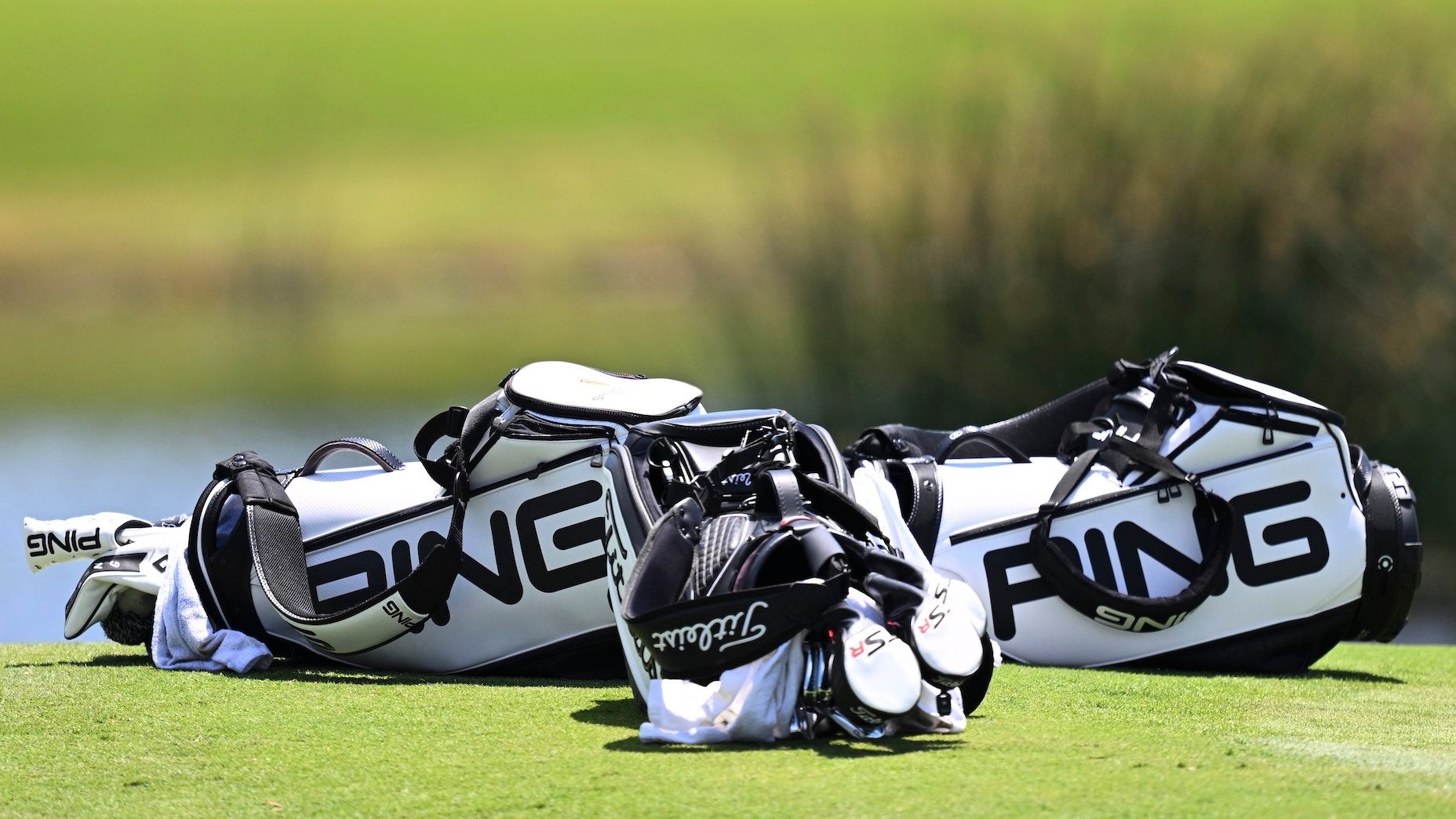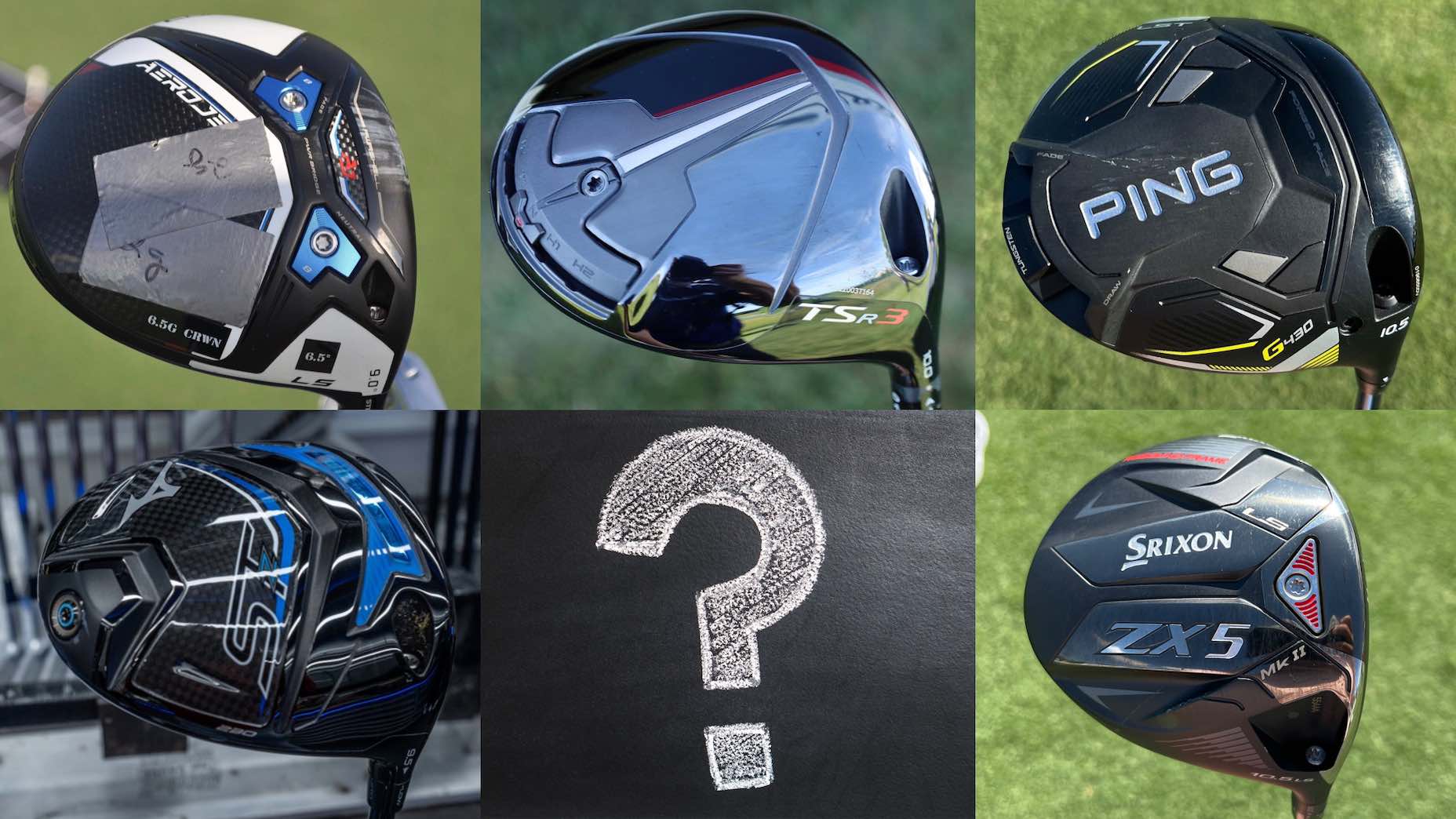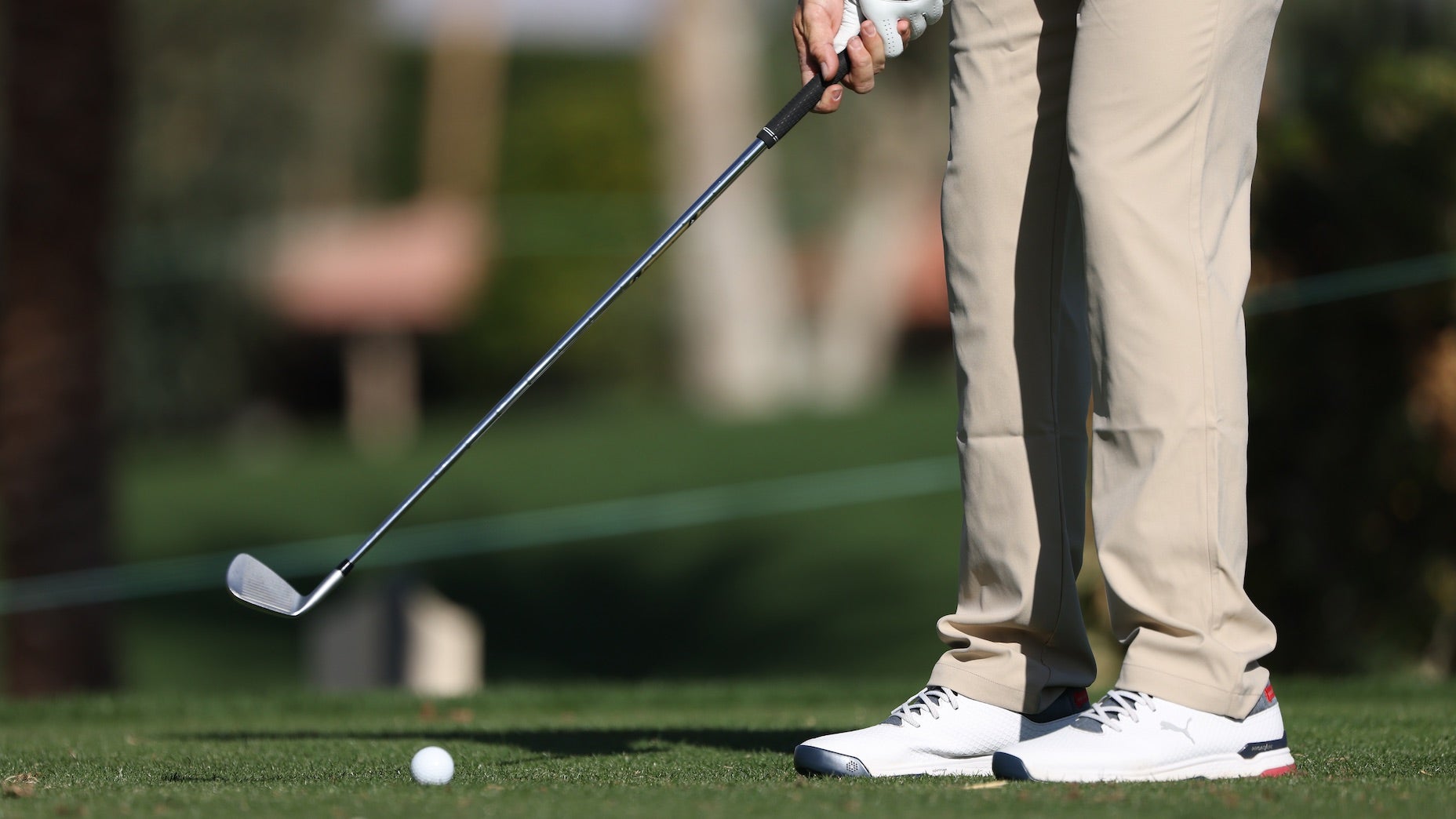The right and wrong ways to measure golf club length
- Share on Facebook
- Share on Twitter
- Share by Email

The right and wrong way to measure your golf clubs
Ryan Barath
Golf club length is easily checked with the correct ruler, but even with the right tools, there are different ways to interpret the information depending on the person doing the measuring. Each method is correct when applied consistently to the process, but there is also a very wrong way to check club length, which causes a lot of confusion.
The right ways
Method one – Measuring with no grip

One of the most common ways to interpret club length is by measuring the club before the grip is installed. The biggest reason for doing this is the thickness at the end of the golf grip can vary depending on the model and this method ensures there is no guesswork.
As a club builder this is my preferred method since if a club ever needs to be repaired, you never have to take the grip model into account.
Important note: The one and only issue with the no-grip method is if you are building a driver to the USGA maximum limit for length, you can’t cut right to 46” because the club will be non-conforming once the grip is installed since the governing body considers the maximum length to the very end of the grip.
Method two – Measuring with grip on.

This is the measuring method that most golfers are familiar with since completed club length is the most common way consumers check their clubs.
It’s still important to note that depending on where the clubs were built, the length might be recorded differently which is why knowing your club’s specs when getting something new is important.
The wrong way
Leaning against a wall
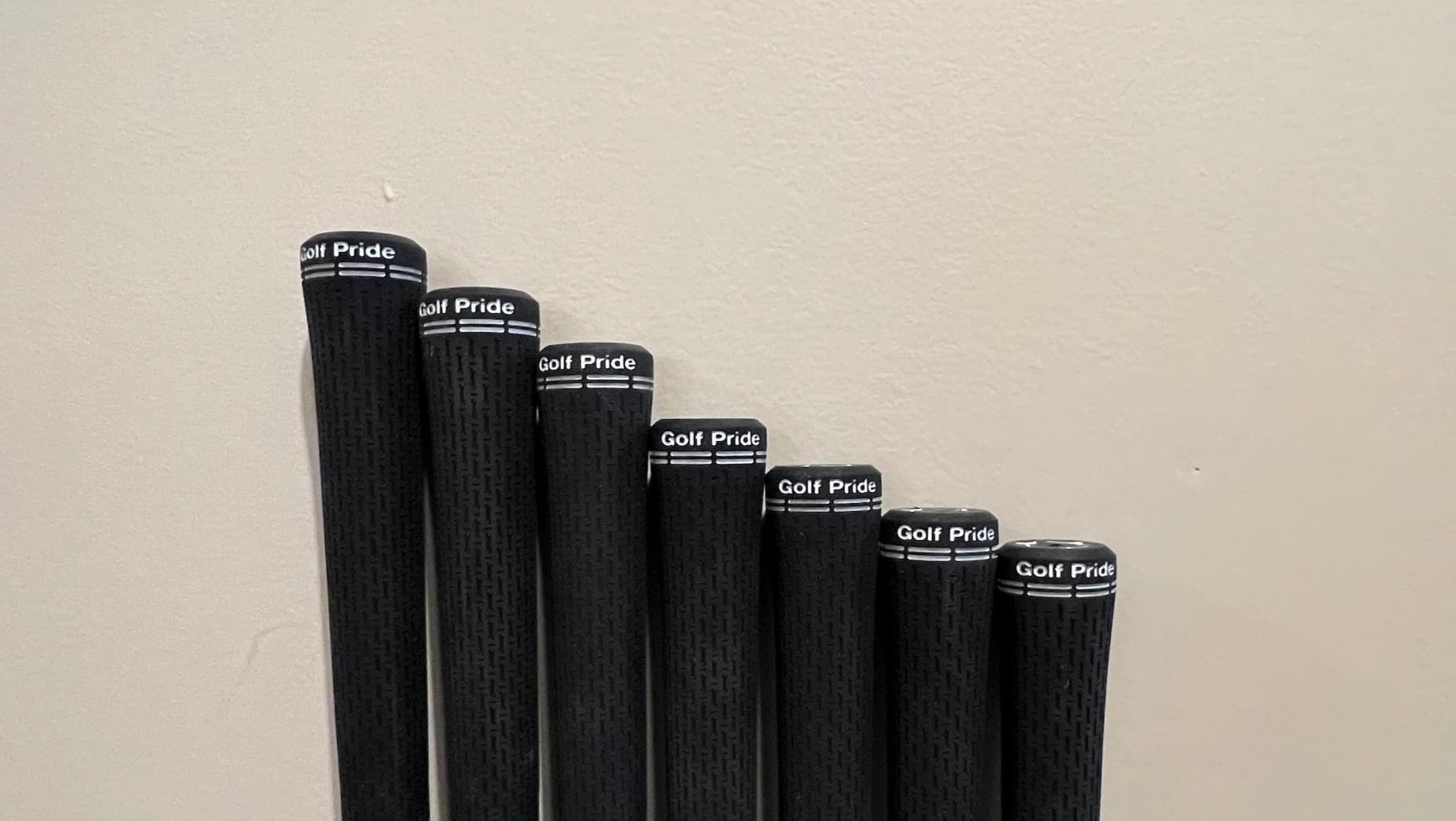
Although it might seem like a simple way to check club length, placing golf clubs directly against a wall and measuring from the sole is not the correct way to measure length.
This method creates endless amounts of confusion and oftentimes has golfers believing their clubs were built incorrectly, when in fact it is the measuring method that is causing the issue. The above clubs have 1/2″ between each club (except the pitching wedge far right) but appear to be cut at inconsistent lengths.
To quickly explain why this method creates confusion, you have to understand how club length is actually measured in the first place.

Length is measured from the middle of the sole through an imaginary plane and up the axis of the shaft to the end of the shaft or grip.
The reason the “against the wall” method doesn’t work when comparing clubs to each other — which is where most consumer confusion comes from — is that club head length from heel to toe (blade length) isn’t consistent from model to model. In most cases, blade length isn’t even the same from the top to the bottom of the same set which can make it look like clubs were cut at inconsistent intervals.
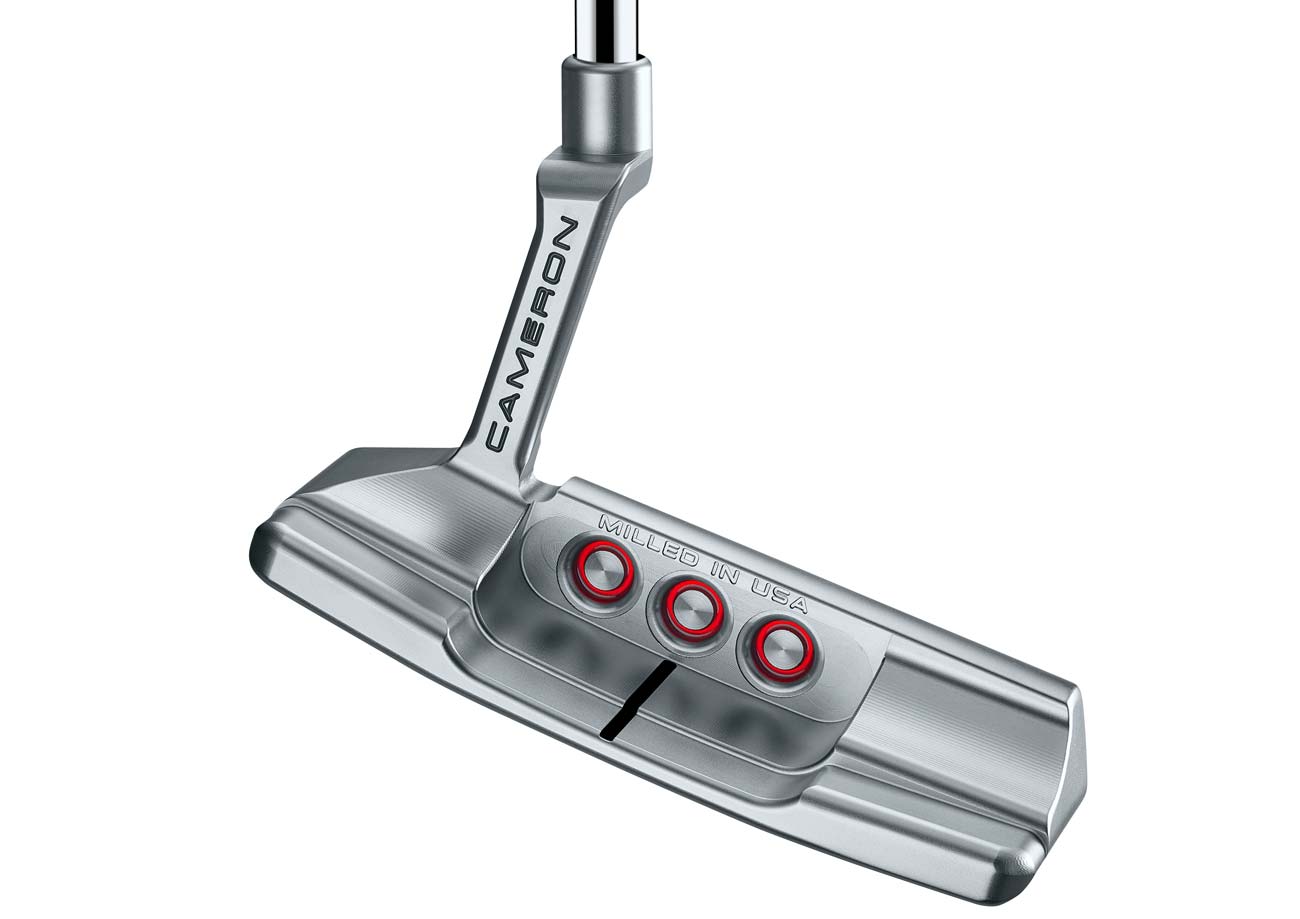
Scotty Cameron Special Select putter
So next time you set your clubs against the wall and notice the lengths might not progress in a perfectly straight line, you’ll have the peace of mind of knowing your clubs were built right.
Want to overhaul your bag for 2022? Find a fitting location near you at GOLF’s affiliate company True Spec Golf. For more on the latest gear news and information, check out our latest Fully Equipped podcast below.
Latest In Gear

Golf.com Editor
Ryan Barath is GOLF Magazine and GOLF.com’s senior editor for equipment. He has an extensive club-fitting and -building background with more than 20 years of experience working with golfers of all skill levels, including PGA Tour players. Before joining the staff, he was the lead content strategist for Tour Experience Golf, in Toronto, Canada.
